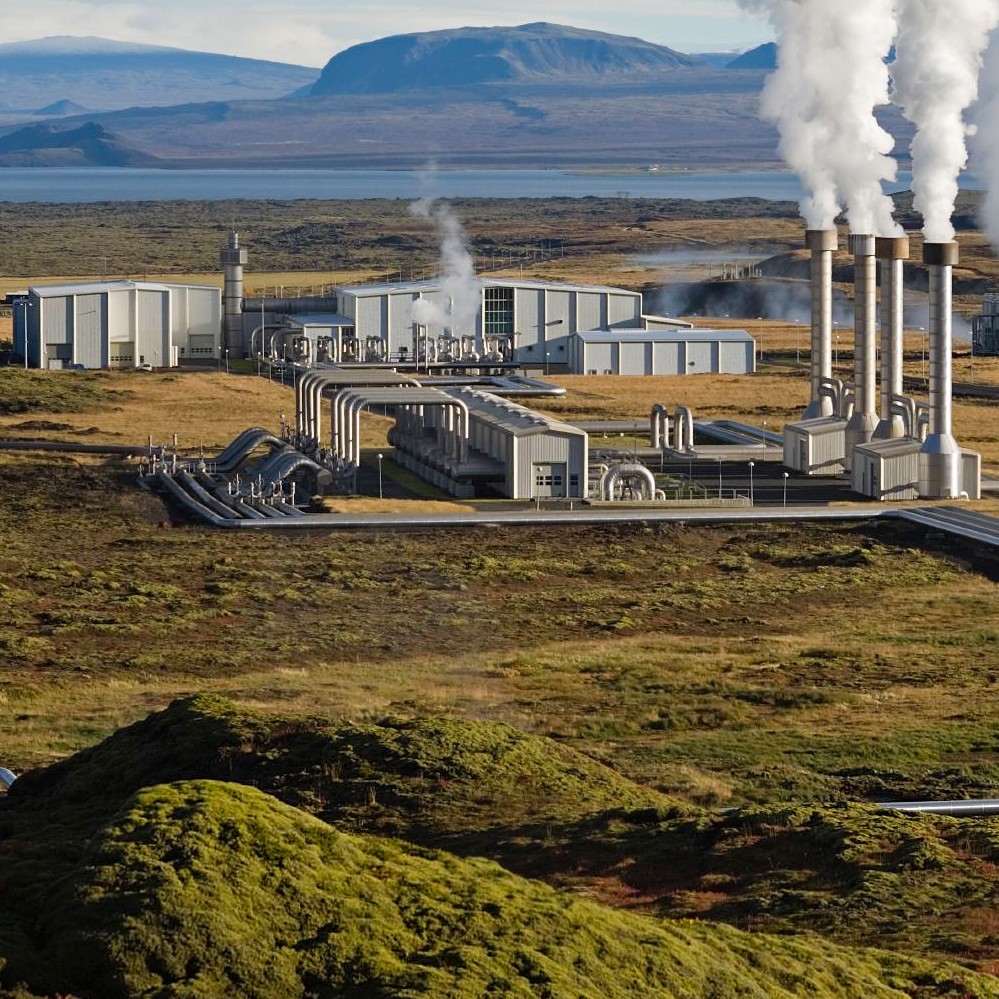Published:
As the world pivots away from fossil fuels and towards a sustainable future, one intriguing option is geothermal energy. By using fracking techniques developed by the oil and gas companies, companies are able to harvest heat from the Earth to power generators connected to the power grid. Geothermal energy is a nearly unlimited power source; according to scientists at Fervo Energy, there is enough geothermal energy in the United States alone to power the country several times over.
While renewable energy has many benefits over fossil fuels, geothermal has a unique benefit that the others do not. Geothermal energy is able to operate all day and night regardless of weather conditions. However, there are geographic conditions that limit where companies can access geothermal energy. New technologies being developed allow companies to dig up to 5 thousand feet down, opening up more area of the Earth to access geothermal energy. But for now, geothermal energy is mainly focused around the Pacific Ring of Fire, which is where it is easiest to access this energy. The projected top markets for geothermal energy include Indonesia, the Philippines and New Zealand.
Japan is one country uniquely suited to accessing geothermal energy. If properly harnessed, geothermal could play a major part in powering the country. However, due to the importance their country’s culture places on hot springs, they have not fully developed their geothermal industry. Japan only generates about 0.3% of its electricity from geothermal energy. Analysts say it is a wasted opportunity for a country that is in desperate need of new and clean ways to generate power.
On the other hand, hot spring owners are worried that new geothermal projects could damage their mineral-rich springs. Though developers say plants draw water from deep enough beneath hot springs where they will be unimpacted, the connection between hot springs and deeper geothermal heat remains unknown. With the nuclear disaster in Fukushima still fresh in Japan’s mind, geothermal energy provides a low-cost alternative to consistently provide electricity. And with a geothermal plant taking up 88% less space than a solar farm, it is an effective way to provide energy.
The United States is another country uniquely positioned to take advantage of geothermal energy. While geothermal energy only produces .4% of the U. S's electricity, and there are only a limited number of spots in the United States that can produce enough heat, companies are developing new methods that allow companies to drill deeper down and access more energy. Fervo, an energy company based in Nevada and Utah, is using new fracking techniques developed by oil and gas companies. Other companies are trying to use plasma, or energy waves, to tap “superhot” temperatures, which produce much more efficient energy. These companies believe that with such new techniques, they can access enough energy to power the country five times over.
Although there are a few risks associated with geothermal energy, some environmentalists worry that the use of water to blast holes in the ground can cause earthquakes. Similarly, investors are worried about the increased costs of geothermal energy. But with new government grants and techniques being developed, companies expect there to be significant cost declines, similar to what has been seen in the wind and solar industry. Companies are also developing new techniques that will reduce the number of earthquakes. The Fervo site in Utah has been closely monitored for seismic activity - so far, no serious earthquakes have occurred. This, alongside the benefits that geothermal energy offers over other renewable energy sources, such as less space and reliance on weather, shows that geothermal energy represents a very valuable source of energy moving forward.
File under






